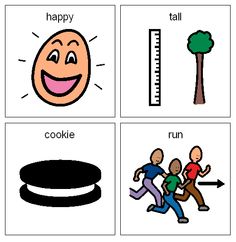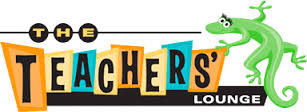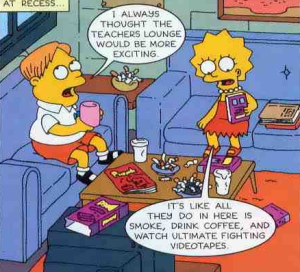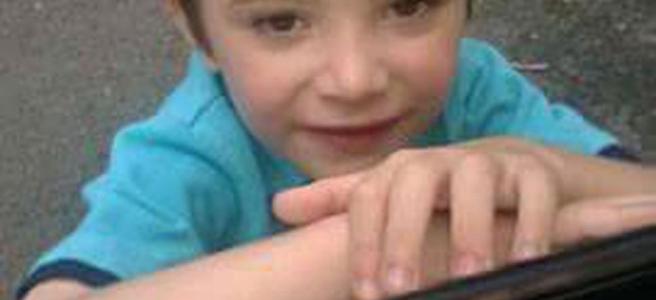Children who are on the autism spectrum present special challenges for teachers and teaching assistants. Teaching non-verbal autistic children was daunting for me but I’m so glad I had the opportunity to serve and work with these amazing children.
When I was assigned to a self-contained classroom with non-verbal students I had no training at all! I knew little or nothing about autism. I had previously worked with one student who had Asperger’s syndrome but he was very, very high functioning. Now, here I was, confronted with students who had apparently no desire to communicate.
I was fortunate to work alongside a brilliant speech therapist who was also trained in autistic behaviors. She was very willing to teach all of the TA’s in the room and we were so willing to learn. Some of what she taught was “off the grid” stuff you might not find in ABA textbooks.
Respect the non-verbal child’s personhood: This was the first thing I learned about working with a non-verbal child. Our speech therapist did not teach this directly, rather, we learned by her example. It is so easy to act as though non-verbal children are almost invisible and to talk about them in the third person. This may seem like such an obvious offense, but I have seen people talk derisively about the non-verbal child right in front of them.
“Wow! Look at his outfit today!” or “I wish his parents would clean his fingernails!”
Even if that child truly cannot understand you, it is still a violation of their personhood to talk about them while they’re near you. Always speak directly to the child or acknowledge to them that you are talking about them.
“You know I’m talking about you, Bud!” was a common phrase our speech therapist would use when we were talking about a student who was with us. Stop and think…If this child was fully verbal and neurotypical would you talk like this in front of her? If you knew she could repeat each of your words to her parents would you be saying this right in front of her?
In her book, Dancing with Max, Emily Colson recounts how her non-verbal, highly autistic son suddenly began talking around the age of ten. And when he did begin to talk, it was apparent that he remembered every detail of the previous eight years or so. He even remembered an abusive babysitter he had when he was just two years old!
Less is more: This really surprised me. Use as few words as possible when speaking to or working with a non-verbal student. In fact, I often watched our speech therapist go through entire sessions without speaking a single word! I believe that the title “speech therapist” is a misnomer. It really ought to be “communication therapist.” Autistic children have the most trouble understanding non-verbal communication anyway, (facial expressions, gestures, pointing, etc…) so we serve them better by exaggerating those forms of communication while minimizing language.
Autistic children often need a great deal more time to process what has been spoken to them. Less language gives them the time they need to process what has been said to them. When we quickly repeat directions or questions, that processing has to begin all over again and the child will quickly become overwhelmed and shut down.
When you present a non-verbal or low-verbal student with a direction, choice or question, you may have to wait 30 seconds or more to get an answer. For TA’s, this waiting can seem an eternity. I have had to sit tight and count to 30 many times. This also helps the non-verbal child to feel secure, knowing that he will be consistently given needed time to listen, process, and understand.
Remember that it is all about teaching the child to communicate, not just speak: I had one student who was required by the teacher to say, “rice please” while eating his (always rice based) lunch. I was instructed to give him one small bite only after he asked for it. This drove me wild. He was fully capable of eating on his own and having him repeat, “rice please” was completely unproductive and unnatural. Who says, “rice please” 30 times in a row? And, while we’re at it, eliminate “please” and “thank you.” It is abstract language that confuses the child. They might think that a cup of orange juice is called, “juice please.”
Surprise! Non-verbal children withdraw without lots of stimulation and proactive engagement. I loved surprising our non-verbal kids through playing hide-and-seek, or covering myself with a blanket and popping out. One student loved having me sneak up behind him while he was inside his stretchy body-sock. He knew I was going jump around him and say, “BOO!” and the anticipation just thrilled him! He would screech and laugh! I was delighted when he would get his body-sock and come to me looking for some play time. It was communication, initiated by him.
Wonderful!










